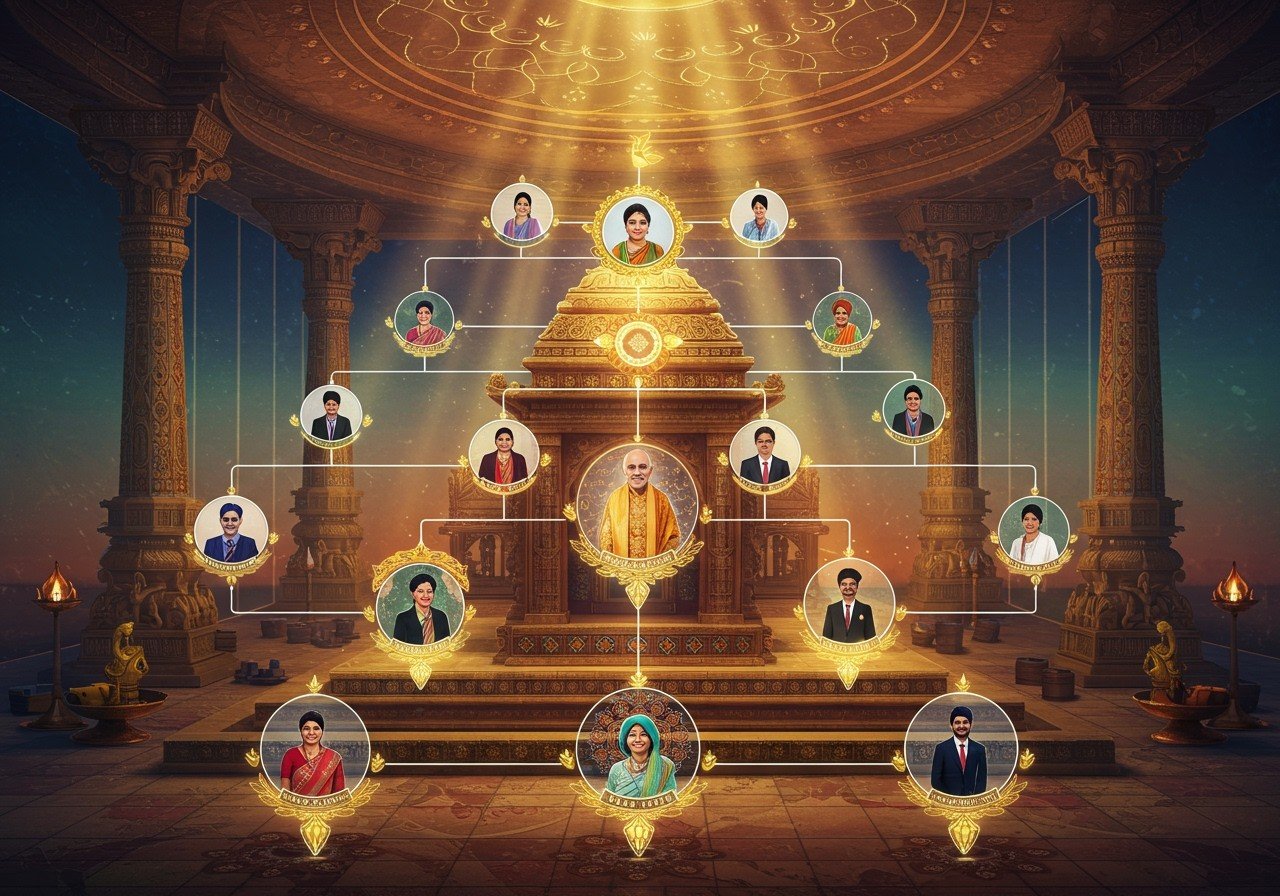
The Archaeological Survey of India (ASI) stands as a cornerstone of India’s cultural heritage preservation. Established in 1861, this esteemed organization plays a pivotal role in researching, conserving, and showcasing India’s rich historical tapestry. This comprehensive guide delves into the ASI’s leadership, organizational framework, and dedication to safeguarding India’s historical legacy.
The Genesis of the ASI
The ASI’s inception in 1861 is attributed to Alexander Cunningham, a British army engineer hailed as the “Father of Indian Archaeology.” Recognizing the imperative need for systematic research and preservation of India’s historical monuments, Cunningham laid the foundation for the ASI’s meticulous methodologies. His pioneering surveys and excavations set the stage for the organization’s enduring mission.
- Established: 1861 by Alexander Cunningham.
- Core Mission: Systematic study and conservation of historical monuments, encompassing meticulous surveys and groundbreaking excavations.
Leadership at the Helm: The Director General
As of my last update, V. Vidyavathi serves as the Director General of the ASI, leading the organization since 2020. It’s crucial to verify this information with the official ASI website for the most current details. Vidyavathi, an IAS officer, has spearheaded efforts to modernize conservation techniques and broaden public engagement with India’s heritage.
- Modernization: Implementing cutting-edge conservation techniques to preserve historical structures.
- Public Engagement: Expanding outreach programs and educational initiatives to foster appreciation for India’s heritage.
ASI’s Organizational Structure: A Network of Preservation
The ASI operates through a well-defined structure, comprising various circles and a central headquarters. Regional offices, known as circles, are responsible for managing archaeological sites and monuments within their respective jurisdictions. The headquarters, situated in New Delhi, oversees policy formulation, research endeavors, and international collaborations.
- Circles: Regional offices strategically located across India to manage local archaeological sites and monuments efficiently.
- Headquarters: The central administrative hub in New Delhi, responsible for policy-making, research coordination, and international partnerships.
Guiding Principles: The ASI Distributor Leadership Council
While the ASI doesn’t have a formal “Distributor Leadership Council” in the traditional business sense, it does benefit from advisory bodies and expert consultations. These groups, comprised of specialists in archaeology, history, architecture, and cultural studies, provide valuable insights to the Director General, ensuring that the ASI’s activities align with best practices.
- Expert Guidance: Advisory councils and expert consultations provide valuable insights to the Director General.
- Best Practices: Ensuring adherence to best practices in archaeological research, conservation, and heritage management.
Engaging the Public: Fostering Appreciation for Heritage
The ASI recognizes the importance of public engagement in preserving cultural heritage. Through a range of initiatives, including seminars, exhibitions, workshops, and digital platforms, the ASI actively promotes awareness and appreciation of India’s historical treasures.
- Educational Initiatives: Organizing seminars, exhibitions, and workshops to educate the public about historical sites and their significance.
- Community Involvement: Engaging local communities in conservation efforts to foster a sense of ownership and responsibility for heritage preservation.
Poojn.in: Your Partner in Exploring India’s Cultural Heritage
For those seeking to deepen their understanding and appreciation of India’s rich cultural heritage, Poojn.in offers a curated selection of authentic puja items, ritual materials, and religious texts. Whether you’re looking to enhance your personal spiritual practice or seeking resources for educational purposes, Poojn.in provides a valuable platform.
- Explore our collection of incense sticks and prayer agarbatti to create a sacred atmosphere for your exploration of India’s cultural heritage.
- Delve deeper into the stories and symbolism behind ancient rituals with our selection of pooja agarbattis and sandalwood incense sticks.
Conclusion
The Archaeological Survey of India remains steadfast in its commitment to preserving India’s invaluable historical legacy. From its establishment in 1861 by Alexander Cunningham to its current leadership under V. Vidyavathi (as of my last update), the ASI has continuously evolved its approach to conservation and public engagement. Its structured framework and expert guidance ensure the effective management and protection of India’s archaeological treasures for generations to come.
Frequently Asked Questions (FAQs)
Who established the ASI, and when? The ASI was founded by Alexander Cunningham in 1861.
Who currently leads the ASI as Director General? As of my last update, V. Vidyavathi holds the position of Director General. It’s recommended to confirm this information with the official ASI website.
What is the primary role of the Director General? The Director General oversees all aspects of the ASI’s operations, including research, conservation, and administration, ensuring the protection and preservation of India’s archaeological heritage.
How is the ASI structured organizationally? The ASI is structured into regional circles, each responsible for specific areas, and a central headquarters in New Delhi, which provides overall direction and coordination.
Where are the ASI headquarters located? The ASI headquarters are situated in New Delhi, India.


